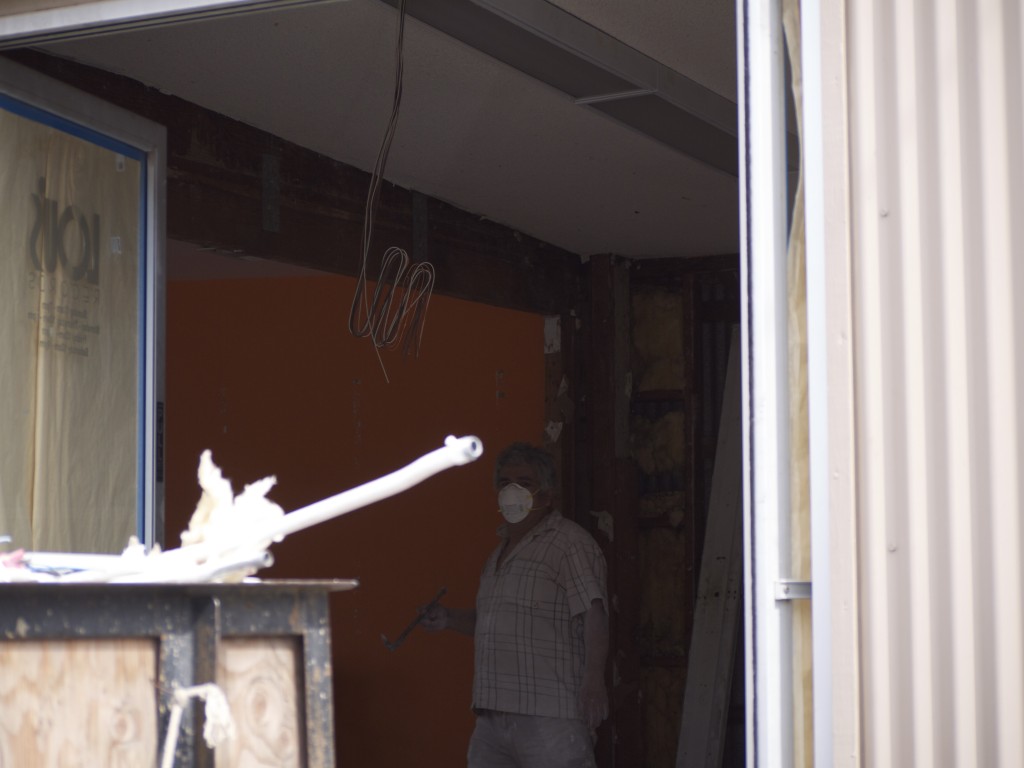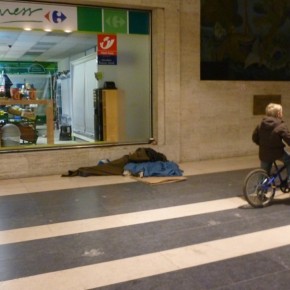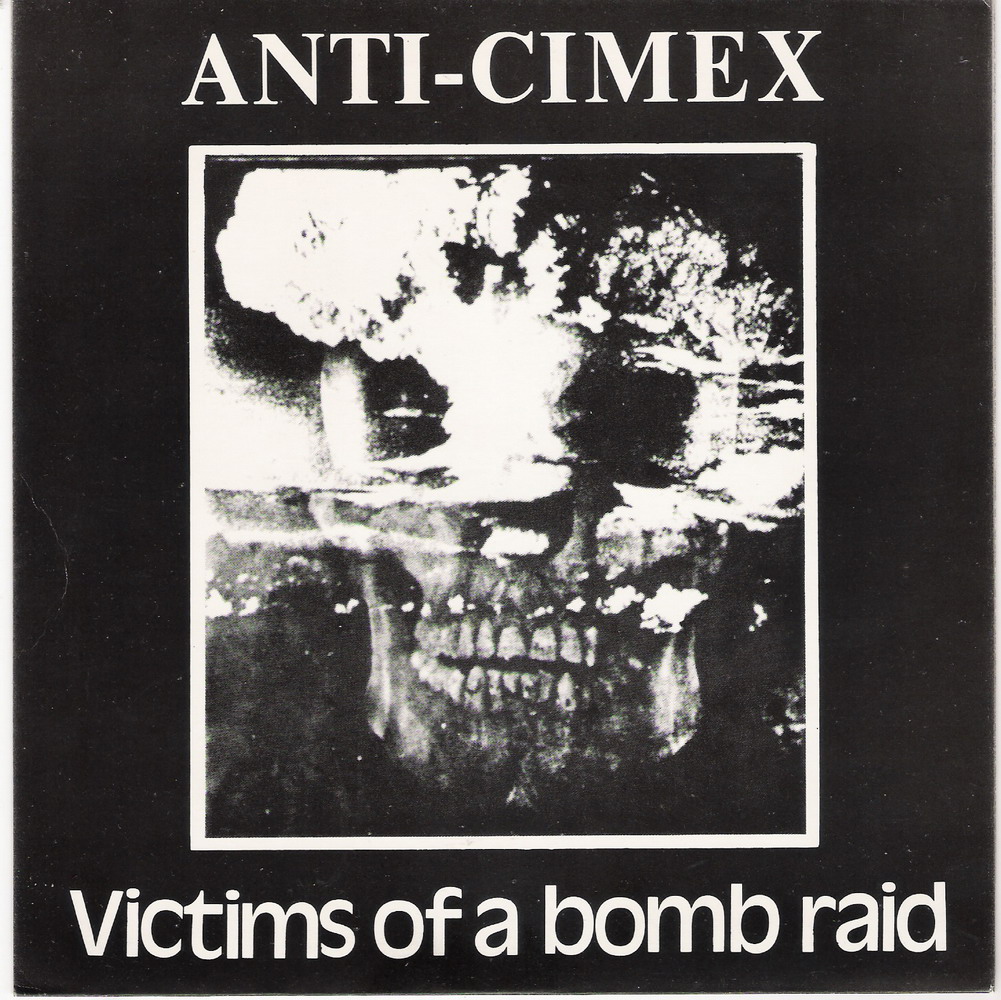As I was finishing a Hawaiian plate lunch with my daughter and her mother in Encinitas, they announced that they were going to do some “girl” shopping on the main drag. I said I’d come along. But then I was overcome by a familiar urge.
“I think I’ll head over to Lou’s first.” Located a mile or so north, in the ex-hippie enclave of Leucadia, Lou’s Records is a Southern California classic. It’s the sort of independent record store that serves as a gathering place for fellow travelers. With especially strong inventories in the subgenres for which the region is famous — surf rock, ska punk, hardcore — as well as a talent for presenting back catalogue content in a new, attractive light, Lou’s traffics in more than records. To walk inside and start poring over the densely packed shelves is to absorb a sensibility: music matters.
That’s why I was eager to return. It had been a year since my last visit, a tumultuous period that made me call everything I’d loved into question. Every Tuesday I would head over to the nearest outlet for the small, southwestern chain ZIA Records and sample the new releases, hoping to rekindle the sparks of my passion for culture. But all too often, I found that familiarity bred contempt. Whether it was because I could never get too excited about ZIA’s narrow-spectrum inventory or just that I felt too burdened by everyday pressures to indulge myself fully, most of my visits felt like a ritual that had outlived its usefulness.
Like a lot of independent retailers, ZIA has a “rewards” card that allows customers to accumulate credit towards a discount on future purchases. By May, 2011, I’d amassed so many points, after several years of letting them build up, that cashiers would invariably express their approval as they asked me whether I wanted to use any of them.
“No,” I’d say, “I’m going to hold onto them until I get hit by a truck, so that you guys don’t have to suffer.” The truth of the matter was that I simply couldn’t muster the enthusiasm to buy something special in such a dispiriting context. Yet if I had been able to transfer those points to Lou’s, by some consumerist alchemy, I would have used them all up in a single visit.
That’s what I told myself, anyway, as made my way up Highway 101, eager with anticipation. What I was conveniently forgetting, however, is that my last couple visits to Lou’s had left me feeling less than satisfied. First the cute little DVD store at one end of the roadside complex had been shuttered. Then the building featuring new music was torn up to make room for vinyl, making its CD inventory harder to access. Indeed, each time I made the pilgrimage from 2008 onward, the store seemed to have shrunk in scope.
As I pulled into the driveway, this repressed experience returned with a vengeance. The entire building that had been devoted to new music was undergoing renovation. Lou’s entire stock — what was left of it, anyway — had been forced into what had formerly been the building reserved for used items. I looked around, hoping to see that my anxiety had been unjustified. But what I saw was even more depressing than I’d feared. Confined to this one building, with a dearth of interesting back-catalogue material, Lou’s was now less inspiring than the ZIA outlets back home. I was so depressed that I quickly bought the new My Morning Jacket album — I felt obligated to make some sort of purchase — and walked out.
Now it may be the case that what I witnessed on this last trip was an aberration, a temporary downsizing of an institution that will come back bigger and better than before. I would love for that to be true. Unfortunately, though, it seems far more likely that Lou’s will keep getting smaller until it finally closes for good. That has been the harrowing trend for independent record and bookstores over the past decade, not to mention the once-enormous Borders chain. Bricks-and-mortar shops, even if they are local institutions, fall short of the internet for ease of use, price and efficiency.
At any rate, that’s what analysts have led us to believe. The material world simply can’t compete with its flesh-free electronic double. Like the American steel industry in the 1970s, the nation’s cultural emporia need the help of a rather visible hand if they are to have any hope of surviving. That’s why music labels and artists got behind Record Store Day a few years back, a “holiday” invented solely for the purpose of stimulating bricks-and-mortar consumption.
I liked the idea as much anyone, to start with. But after experiencing Record Store Day a few times, I realized that it always seemed to leave me feeling uneasy. It was as if I’d been dutifully acting out the role of a lover to impress someone instead of expressing my love directly. Rather than amplifying my passion, this consumerist holiday had turned it into bloodless ritual.
As I reflected on how bad I’d felt after my latest visit to Lou’s, I realized that part of the problem was that my reasons for going had changed. Whereas I had originally headed there because I was excited to get something new, I eventually started making the trip because I was afraid to lose something old. The store had become a museum, in effect, and my purchases like the souvenirs one buys in a gift shop.
Probably my favorite thing about Lou’s Records back in the mid-2000s was the section reserved for employee recommendations. Lots of record and bookstores have something similar. But the one at Lou’s was especially far flung. There were new releases and well-known classics, to be sure, yet interspersed with obscure, experimental music that had little commercial potential.
That’s where I found some of my most unique, intriguing albums, like the recording of German Modernist poets who played havoc with form or the collection of Futurist Lieder from an Italian composer. The CDs on display in that section also brought my attention to great rock music I’d overlooked during those brief periods when I wasn’t listening to the radio or going to record stores much, such as the year my daughter was born. Every time I scanned the wares on display there, I felt I was getting an education that I would have been hard-pressed to duplicate in a university setting.
Whenever time, space and money grow short, that sort of cross-indexed, heterogeneous category seems to be the first to go. But it really should be the last one to be eliminated, since only through such idiosyncratic rearrangement of the merchandise can a bricks-and-mortar store gain an advantage over internet retailers. The combination of serendipity and expert guidance is very difficult to experience online, because the ease with which customers can search for what they know they are looking for makes it far less likely that they will find what they don’t yet realize they desire.
That’s not to say that attempts to simulate such a conjuncture on the internet are doomed from the start. By using search-engine algorithms against the grain to take users away from their immediate demands, a clever programmer could manufacture the experience of serendipity to a degree. And by integrating this approach with commentary of the sort that record-store employees at places like Lou’s are so good at providing, that serendipity could be fleshed out into something richly meaningful. The community-sustaining aspects of record and bookstores could also be virtually conjured.
Nevertheless, I have a hard time imagining that these techniques could result in an experience that comes close to a good day at Lou’s or even ZIA, for that matter. The problem is that such good days are getting harder and harder to come by these days. To the extent that record stores are themselves complicit in promoting a Record Store Day mentality, they are more likely to engender dutiful days than good ones. Reverence has its place, but it’s not going to pay the bills by itself. Passion is a far better fiscal lubricant.




